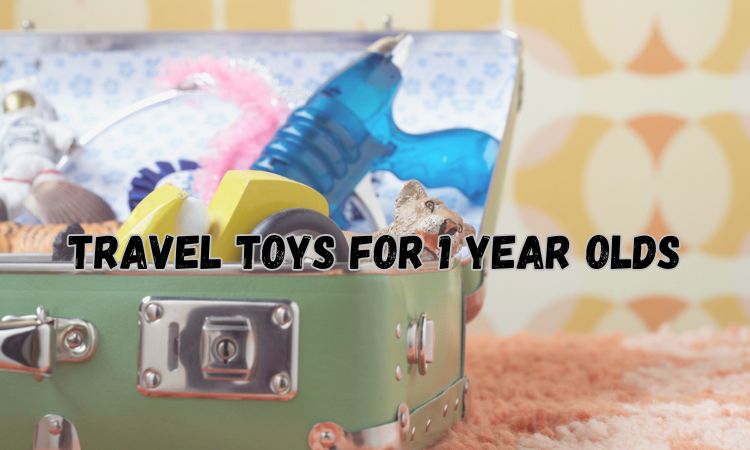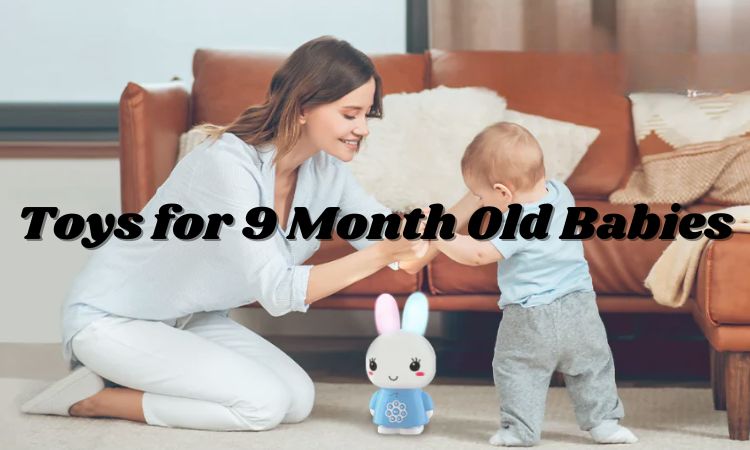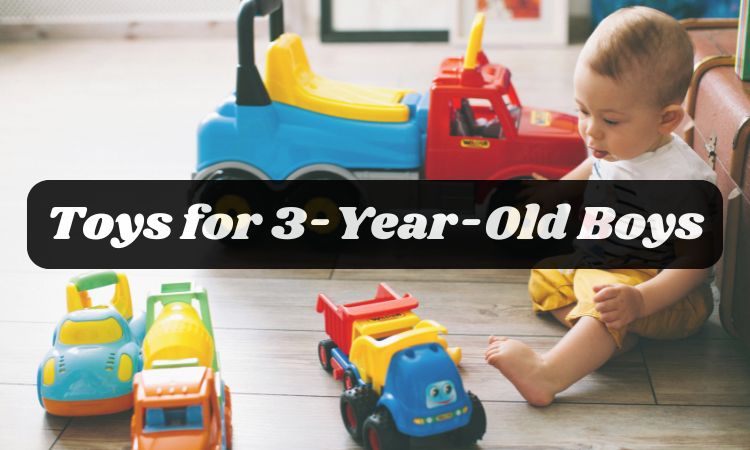If you’re a new parent running on caffeine and hope, you’ve probably heard that white noise can help your baby sleep better. And it’s true—many parents swear by the soothing hum of a sound machine to calm fussy babies and block out background noise.
But while white noise can be a lifesaver, it’s important to understand how to use it safely and effectively. So, how loud should white noise be for baby and how long should you use it for?
In this guide, we’ll walk you through why white noise works, how to use it safely, when to stop, and how to make sure it’s helping your little one—not hurting their tiny ears.

What Is White Noise and Why Is It Used for Babies?
When you flip on a box‑fan or tune a radio between stations, you hear a steady hiss. That’s white noise—a sound that contains every audible frequency at the same intensity, so your ear perceives one smooth, unchanging “shhh.”
So how can it help babies sleep?
Well, for babies, especially newborns, the consistent shhh sound of white noise is comforting because it reminds them of what they heard inside the womb.
The womb isn’t a silent place—it’s actually louder than you’d think. Between the sound of blood flow, digestion, and mom’s heartbeat, it’s a constant symphony of low, whooshing noise measured at roughly 72–88 decibels—the volume of a running shower.
Once born, the sudden quiet of a nursery can feel eerie. A gentle layer of white noise recreates that familiar backdrop and reassures your baby that it’s safe to relax and drift off. In a 1990 study published in the Archives of Disease in Childhood, 80% of newborns fell asleep within five minutes when white noise played, compared with just 25% without it.
White noise also hides the unpredictable sounds that love to sabotage nap time—doorbells, ringing phones, barking dogs, or a sibling’s squeal. By raising the “sound floor,” white noise keeps sudden spikes from triggering the startle reflex and helps stretch those precious sleep cycles.
Used at every nap and bedtime, white noise becomes a reliable sleep cue—right up there with dim lights and a cozy swaddle.
To put it simply, parents reach for white noise because it:
- Mimics womb sounds, giving baby instant familiarity and comfort
- Masks household and street noise, so you don’t have to tip-toe
- Helps babies fall asleep faster and stay asleep longer
- Acts as a consistent, soothing signal in your baby’s bedtime routine
How to Use White Noise Safely
Before you turn that white noise machine on, it’s important to know how to use it safely. The trick is to control three things—volume, placement, and sound type. Get those right and you’ll get longer stretches of baby sleep without putting tiny ears at risk.
How Loud Should White Noise Be for Baby?
Most pediatric specialists—including the American Academy of Pediatrics (AAP) guideline—point to 50 decibels (dB) as the upper limit for routine use. That’s about as loud as a gentle shower or quiet conversation. Prolonged noise above 70 dB starts to strain hearing.
Quick volume check
- Set up the machine at the level you plan to use for naps and nights.
- Place your phone on the mattress where your baby’s head will rest and run a free dB-meter app, such as the one developed by the National Institute for Occupational Safety and Health (NIOSH).
- Aim for ≤ 50 dB. If the reading is higher, lower the volume until it settles in the high-40s.
- Re-check after any setting change or room move; furniture and walls can bounce sound in unpredictable ways.
Handy Tip: Stand next to the crib. If you need to raise your voice to talk over the sound, it’s too loud.
Safe Placement of Sound Machines
White‑noise works by filling the room, not by blasting directly into your baby’s ears. Follow these placement rules:
- Keep the unit at least 7 feet (≈ 2 m) from the crib. This distance is recommended by the AAP and cuts intensity roughly in half, protecting hearing.
- Aim the speaker away from the sleeping area. It prevents a direct sound beam that can spike levels.
- Set on a stable surface—never in the crib or bassinet.
- Tuck cords out of reach.
Choosing the Right White Noise Type
Not every “calming sound” is created equal. For sleep, look for:
- Broadband noise (true white noise, rain, fan sounds) that stays at a steady volume and frequency range.
- Pink noise if your machine offers it; some parents find its softer low-frequency profile even more soothing.
- Avoid tracks with jumps—such as crashing waves, chirping birds, or music with lyrics—which can cause micro-arousals.
If you’re looking for a reliable and safe white noise machine, the Alilo Pocket Soother is a smart option suitable for babies, kids, and adults. It helps your little one feel calm and settled at bedtime, reducing fussiness and promoting more restful sleep for everyone.
You can easily adjust the volume to a comfortable level using the button on the back, ensuring your baby's hearing is well protected. It supports USB Type-C charging, features a built-in timer with 30/60/90-minute settings, and offers three gentle LED light modes—breathing, dim, and bright—making it a perfect night-light companion.
Weighing only 5.07 ounces with up to 24 hours of battery life, it's the ideal travel companion that fits right in your palm or can be attached to your bag, bringing soothing sounds wherever and whenever.

Concerns and Risks
Even the most helpful sleep tool deserves a quick reality‑check—can it harm a baby’s ears? Will your child become reliant on it forever? Let’s clear up the confusion and talk about what’s actually worth worrying about.
Can It Harm Baby’s Hearing?
This is one of the most common concerns. Some sound machines can pump out more than 85–91 decibels on their highest settings—louder than a lawn mower and well above the 50 dB many pediatric audiologists recommend for routine infant use.
Prolonged exposure at those levels may raise the risk of noise-induced hearing loss, especially for tiny ears that are still developing.
But the good news is, this risk is entirely avoidable. By keeping the volume below 50 decibels and placing the machine at least 7 feet away, you’re using white noise well within the safe range recommended by pediatric experts. If you’re ever unsure, a quick check with a decibel meter app can give you peace of mind.
Will Baby Become Dependent on White Noise?
Another common worry is that your baby will become too used to white noise and struggle to sleep without it later on. While it’s true that white noise can become part of a sleep routine, it’s no different from any other bedtime cue—like rocking, swaddling, or dimming the lights.
If and when you decide to wean off, it’s completely doable. Most babies adjust just fine with a gradual fade-out approach (we’ll walk through that in the next section).
Is White Noise Bad for Brain Development?
There have been a few questions in recent years about whether constant background noise could affect how babies process sound or language. But current evidence doesn’t show any negative impact when white noise is used properly (at safe volumes and not all day long).
To play it safe, use white noise just for sleep—not during wake windows when your baby is engaging, learning, and bonding with the world. Let natural sounds and your voice take center stage during those precious awake hours.
When and How to Stop Using White Noise
White noise is a fantastic bridge to better sleep, but it isn’t meant to last forever. Eventually you’ll want your child to snooze soundly even when the machine is off. Below you’ll find clear guidance on when to start the transition and how to do it without up‑ending everyone’s night.
When to Stop Using White Noise for Baby
There’s no strict age when you have to stop using white noise. Some babies naturally outgrow the need for it by 6 to 12 months, while others find it comforting well into toddlerhood. The key is to look for signs that your child may no longer need the extra sound to fall asleep:
- They fall asleep quickly even without the machine on.
- They regularly sleep 6+ hour stretches without issues.
- They’ve developed strong self‑soothing skills, such as replacing the pacifier, rubbing a lovey, or settling with light patting.
- They nap fine on the go—in strollers, cars, or grandma’s house—without white noise.
- You’re preparing for daycare or preschool where white noise may not be used.
If none of these signs apply and white noise is still working for your family, there’s no harm in continuing a little longer. Just be mindful of safe volume and usage practices, especially as your child begins to move more and explore their surroundings.
Gradual Reduction Techniques
Babies love routine, so think dial-down, not rip-off-the-Band-Aid. A gentle fade gives your child’s brain time to adjust to a quieter world.
- Lower the volume little by little: Drop the dial one notch (≈ 5 dB) every three nights until you hit the mid-30 dB range—quieter than that soft-shower benchmark.
- Shorten the run-time: When the softer hum no longer bothers your baby, switch the machine off 30 minutes after they fall asleep. Knock off another 10–15 minutes every few nights until it’s gone.
- Shift to naps first: Daytime sleep is lighter; if your baby can nap without white noise, nighttime will feel easier, too.
- Introduce new cues: Swap the hum for a dim night-light, a favorite lovey, or a short lullaby playlist. Layering cues keeps the routine familiar even as one element disappears.
- Watch and adjust: If your baby seems more restless or has trouble falling asleep as you cut back, pause and hold steady for a few nights. You can always slow down and try again later.
By easing off in stages—rather than flipping the switch overnight—you’ll protect hard-won sleep habits while teaching your child that they can drift off just fine without the constant “shhh.”
And remember: if a nasty cold or travel upheaval wrecks sleep, it’s okay to bring the machine back temporarily. You can always start the gentle fade again once life calms down.
Conclusion
White noise can be a real game-changer when it comes to helping your baby sleep soundly. But like anything with babies, it’s all about using it the right way. From understanding how loud white noise should be for baby to positioning the machine a few feet from the crib and phasing it out when your child is ready, a little know-how goes a long way. Follow those simple guardrails and you’ll give your little one (and yourself) the gift of quieter nights without compromising safety or healthy sleep habits.
FAQs
Can I use white noise during naps and nighttime?
Yes—white noise works just as well for daytime naps as it does overnight, as long as you keep the volume around 50 dB and turn it off when your baby is awake, so they still get plenty of natural sounds and conversation for healthy language development.
What’s the best volume level for baby sleep?
Aim for about 50 decibels—roughly the sound of a gentle shower or soft conversation—measured at the spot where your baby’s head rests. If you need to raise your voice to be heard over the noise, it’s too loud.
What’s the best method to stop using white noise?
Gradual weaning tends to be easiest: lower the volume a notch every few nights or set an auto‑off timer to cut the sound sooner, pair the change with other sleep cues (like dim lights or a bedtime story), and slow down or pause the process if your little one’s sleep gets rocky.







Share and get 5% off!
Simply share this product on one of the following social networks and you will unlock 15% off!